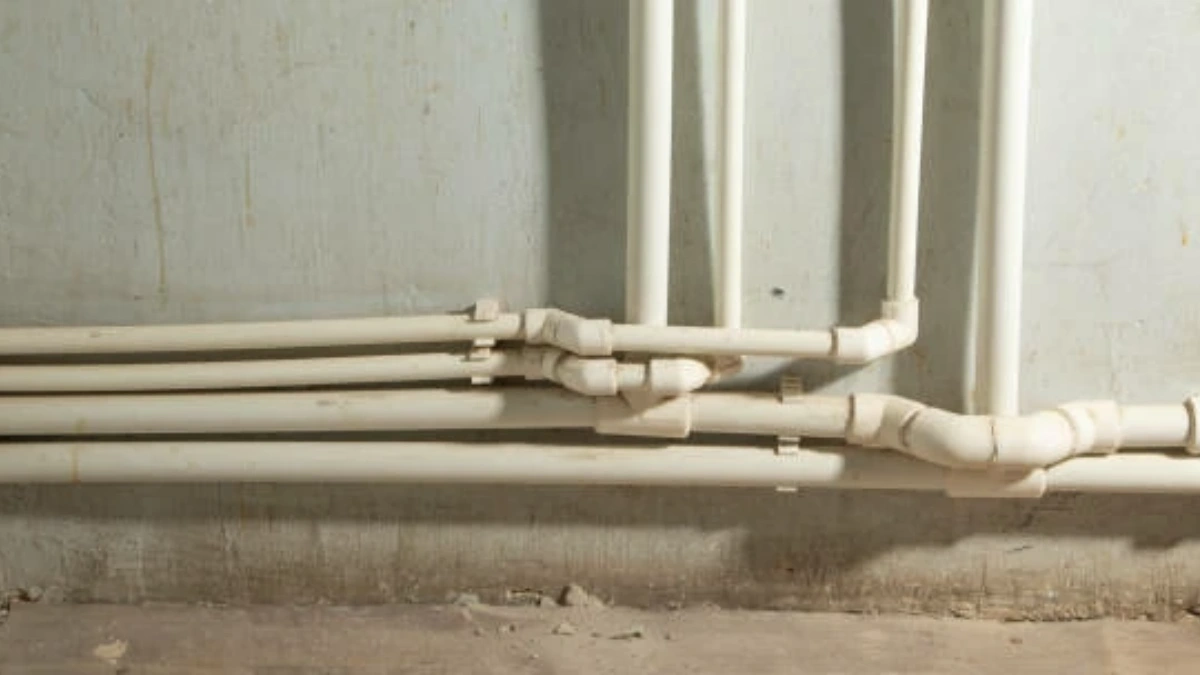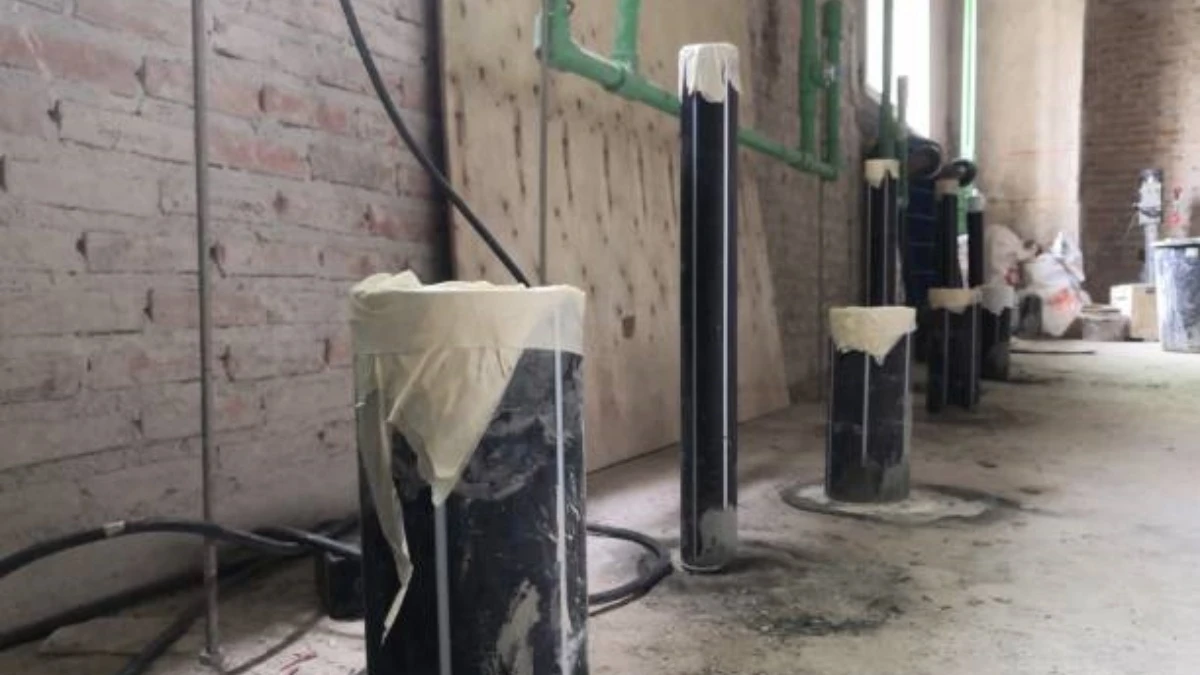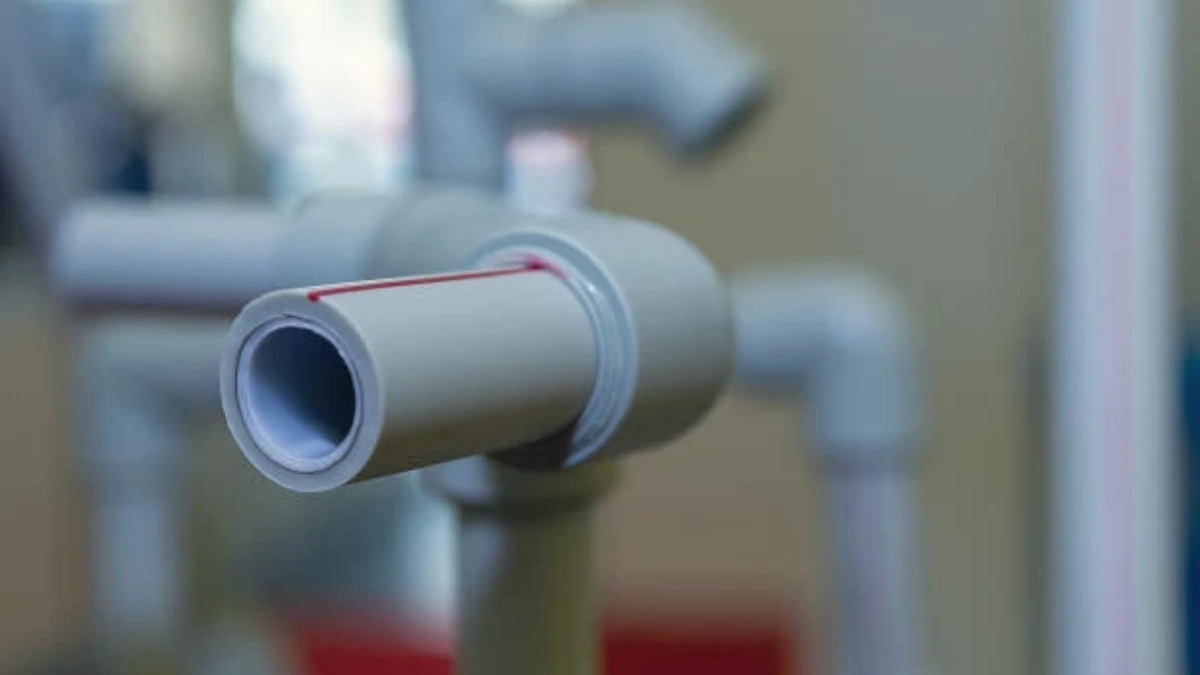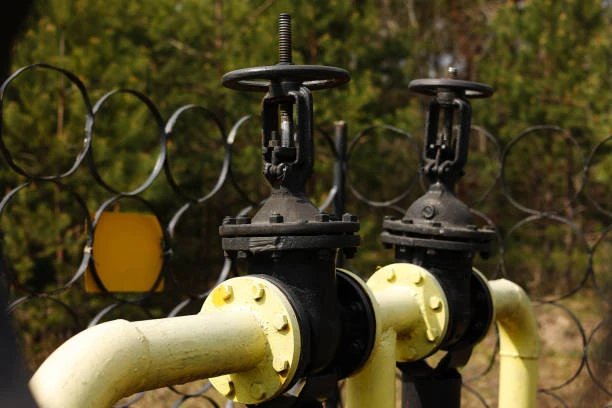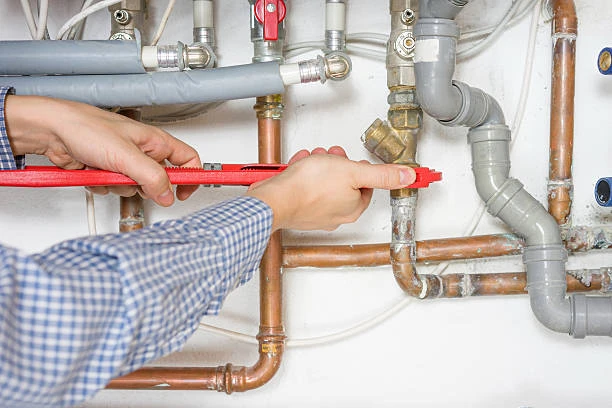Introduction: Understanding the Importance of Backflow Prevention
Backflow in plumbing systems is a major concern for homeowners and businesses alike. It can contaminate clean water supplies, damage equipment, and create unsanitary conditions. Fortunately, PPR check valves offer a simple and reliable solution to this problem. By ensuring that water flows in one direction, these valves prevent backflow and keep your system functioning safely.
What Are PPR Check Valve?
PPR check valves are plumbing components made from polypropylene random copolymer (PPR). These valves are designed to allow water to flow in only one direction, preventing reverse flow that can occur due to changes in pressure. They are typically installed in systems where backflow prevention is crucial, such as in water supply lines, heating systems, and irrigation systems.
The PPR material used in these valves is highly durable, resistant to corrosion, and can withstand high temperatures, making them ideal for both residential and commercial applications.
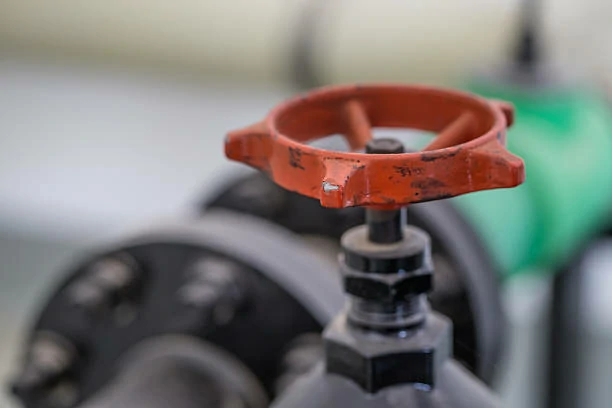
How Do PPR Check Valve Prevent Backflow?
Backflow happens when water flows in the opposite direction of its intended path, often due to pressure changes in the plumbing system. A PPR check valve works by allowing water to flow in one direction and automatically closing when reverse flow attempts to occur. This self-activating mechanism ensures that contaminants or debris do not enter the clean water supply.
Here’s how it works:
- Water flows in the intended direction: When pressure is higher on the inlet side, water passes through the valve as expected.
- Reverse flow detection: If pressure on the outlet side exceeds the inlet side, the valve’s internal mechanism activates and blocks the flow.
- Prevention of contamination: By blocking the reverse flow, the valve prevents contaminants from entering the water supply and keeps the system sanitary.
Benefits of PPR Check Valve in Preventing Backflow
Using PPR check valves offers several benefits that make them an essential part of modern plumbing systems:
- Prevention of water contamination: The primary role of the valve is to stop contaminants, debris, and waste from flowing back into the clean water supply.
- Protection of plumbing systems: Backflow can cause damage to pipes, fixtures, and equipment. These valves help safeguard the entire system.
- Improved water quality: By ensuring one-way flow, PPR check valves maintain the purity of water used in your home or business.
- Durability: PPR material is resistant to corrosion, scaling, and chemical reactions, making these valves long-lasting and cost-effective.
- Maintenance-free operation: Once installed, PPR check valves require little to no maintenance, offering a hassle-free solution to backflow issues.
Where to Use PPR Check Valve
PPR check valves are highly versatile and can be used in various plumbing and water management systems, including:
- Domestic plumbing systems: Prevent backflow in kitchen sinks, bathrooms, and toilets.
- Industrial applications: Protect systems in factories and processing plants where water purity is essential.
- Heating systems: Ensure that hot water doesn’t flow back into the cold water supply.
- Irrigation systems: Keep soil contaminants from entering the water supply used for irrigation.
- Water treatment facilities: Prevent cross-contamination between different water sources.
Their wide range of applications makes them indispensable in both residential and commercial settings.
Advantages
PPR is an excellent material for check valves due to its unique properties:
- Corrosion resistance: Unlike metal valves, PPR check valves won’t corrode, even in high-moisture environments.
- Temperature tolerance: PPR can handle both cold and hot water systems, making it versatile across different plumbing applications.
- Chemical resistance: PPR valves are not affected by most chemicals, making them suitable for industrial use.
- Cost-effectiveness: Compared to other materials like brass or stainless steel, PPR valves are more affordable and offer excellent long-term value.
These qualities make PPR check valve an ideal choice for reliable and durable backflow prevention.
Installation of PPR Check Valve
Installing PPR check valves is relatively simple, provided you follow the correct procedure:
- Identify the flow direction: Ensure that the valve is installed in the correct orientation, with the flow arrow pointing in the direction of water flow.
- Cut the pipe: Cut the pipe where the valve will be installed.
- Heat fusion: Use a heat fusion machine to join the PPR valve to the PPR pipes. This creates a leak-proof bond.
- Test the system: After installation, test the system to ensure the valve is working properly and no reverse flow occurs.
Proper installation ensures the valve works effectively for many years, preventing backflow and maintaining system integrity.
Final Thoughts: The Role of PPR Check Valve in Safe Plumbing
In conclusion, PPR check valves are a key component in ensuring the safety and efficiency of plumbing systems. They prevent backflow, protect the water supply, and enhance the durability of the entire system. Whether you are installing a new plumbing system or upgrading an existing one, choosing PPR check valves ensures long-lasting, trouble-free performance.
Their ability to operate automatically without requiring maintenance makes them a great choice for both residential and commercial applications. By integrating these valves into your system, you can safeguard the quality of your water and maintain the efficiency of your plumbing infrastructure.
Frequently Asked Questions (FAQs)
1. How do PPR check valve work to prevent backflow?
PPR check valves only allow water to flow in one direction. When reverse flow occurs, the valve automatically closes, preventing contamination of the water supply.
2. Can PPR check valve be used in both hot and cold water systems?
Yes, PPR check valves are suitable for both hot and cold water systems due to their high temperature tolerance.
3. How long do PPR check valve last?
PPR check valves can last for decades when properly installed, as they are resistant to corrosion, scaling, and wear.
4. Where can I install a PPR check valve?
PPR check valves can be installed in residential plumbing, industrial systems, irrigation setups, and water treatment facilities.
5. Do PPR check valves require regular maintenance?
No, PPR check valve require little to no maintenance after installation, making them a low-maintenance solution for preventing backflow.








